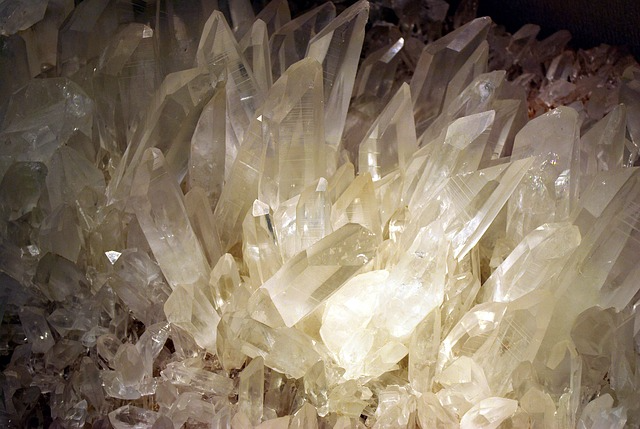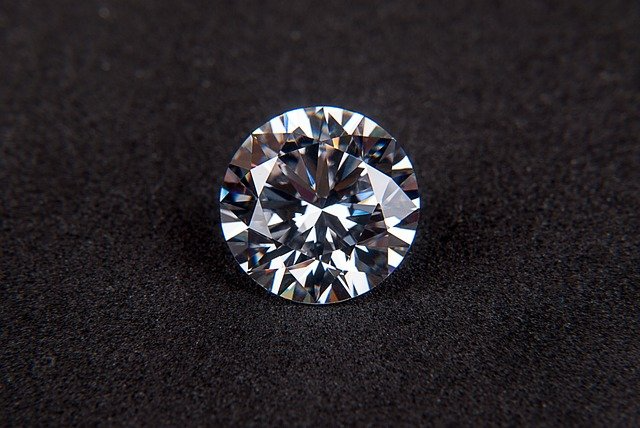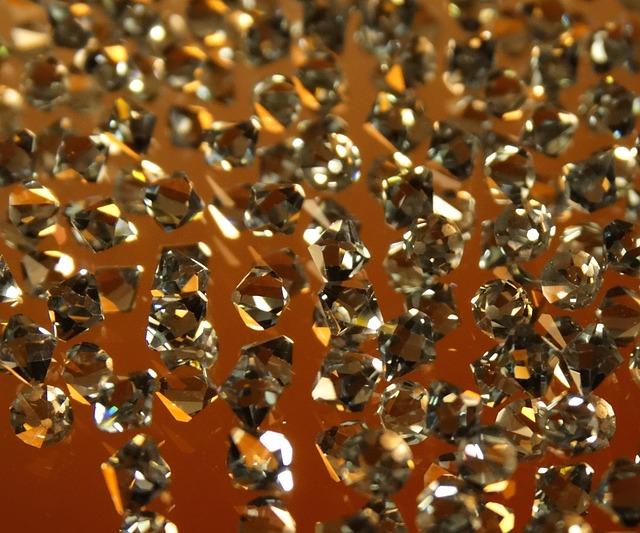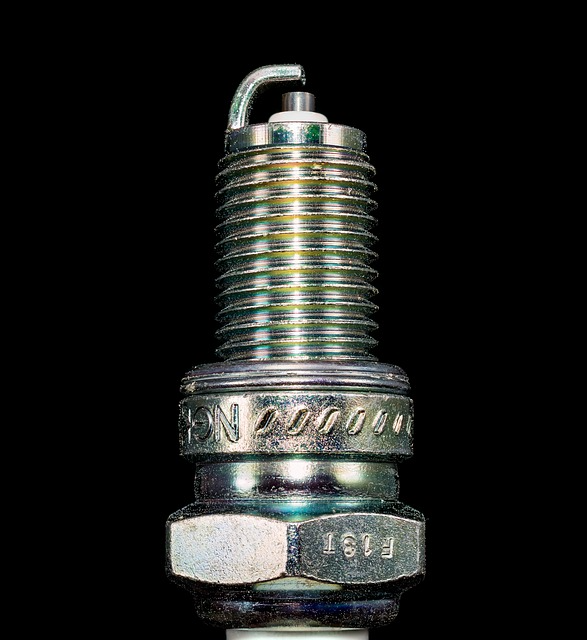Strontium has two valence electrons in its outermost shell. The electronic configuration of strontium is 1s2, 2s2, 2p6, 3s2, 3p6, 4s2, 3d10, 4p6, 5s2. Strontium has 38 electrons, 38 protons and 50 neutrons.
What is strontium?
Strontium is a chemical element with atomic number 38. Its standard atomic weight is 87.62 g/mol and it is represented by the symbol Sr. In the periodic table it is in group 2 (alkaline earth metals) and period 5. It is an s-block element and its electron configuration is 1s2, 2s2, 2p6, 3s2, 3p6, 4s2, 3d10, 4p6, 5s2. It has 38 electrons and 38 protons while 5o neutrons.
Strontium is solid at STP, its melting point is 1050 K ?(777 °C, ?1431 °F) and its boiling point is 1650 K ?(1377 °C, ?2511 °F). It has a density of 2.64 g/cm3 at STP. It is a soft metal with a silver-yellowish colour. Its 1st ionization energy is 549.5 kJ/mol. The electronegativity of Strontium is 0.95 (Pauling scale). Its oxidation state is +1, +2 producing strongly basic oxide.
Strontium has 4 naturally occurring isotopes. Strontium-87 is radiogenic. It has an abundance of 7.00%. There are some 32 radioisotopes of Strontium most of them are produced in the lab. Strontium was discovered by a Scottish Chemist William Cruickshank in 1787. He named it after the mineral strontianite which was obtained in a village Strontian in Scottland. Strontium was first isolated by Humphry Davy in 1808.
Strontium is softer than calcium and harder than barium. It is highly reactive forming oxide when exposed to air. Fpr safety purpose it is kept under liquid hydrocarbons. It is consider to be the 15th most abundant element on the Earth. An average of 360 ppm is found in Earth's crust. In seawater it has an average concentration of 8 mg/l. Strontium is obtained from minerals like sulfate mineral celestine (SrSO4) and the carbonate strontianite. These minerals are rich in strontium.
Major producers of Strontium from celestine minerals are China, Spain and Mexico. While Argentina and Morocco are smaller producers.
Primarily it was used in glass for colour television cathode ray tubes.
Strontium aluminate is used for the glowing purpose in toys etc.
Strontium salts such as Strontium carbonate is used in fireworks for deep red colour.
Strontium carbonate is used in the manufacturing of hard ferrite magnets.
For sensitive teeth, Strontium chloride is used in toothpaste.
Strontium-90 a radioisotope is used as a power source for radioisotope thermoelectric generators (RTGs).




